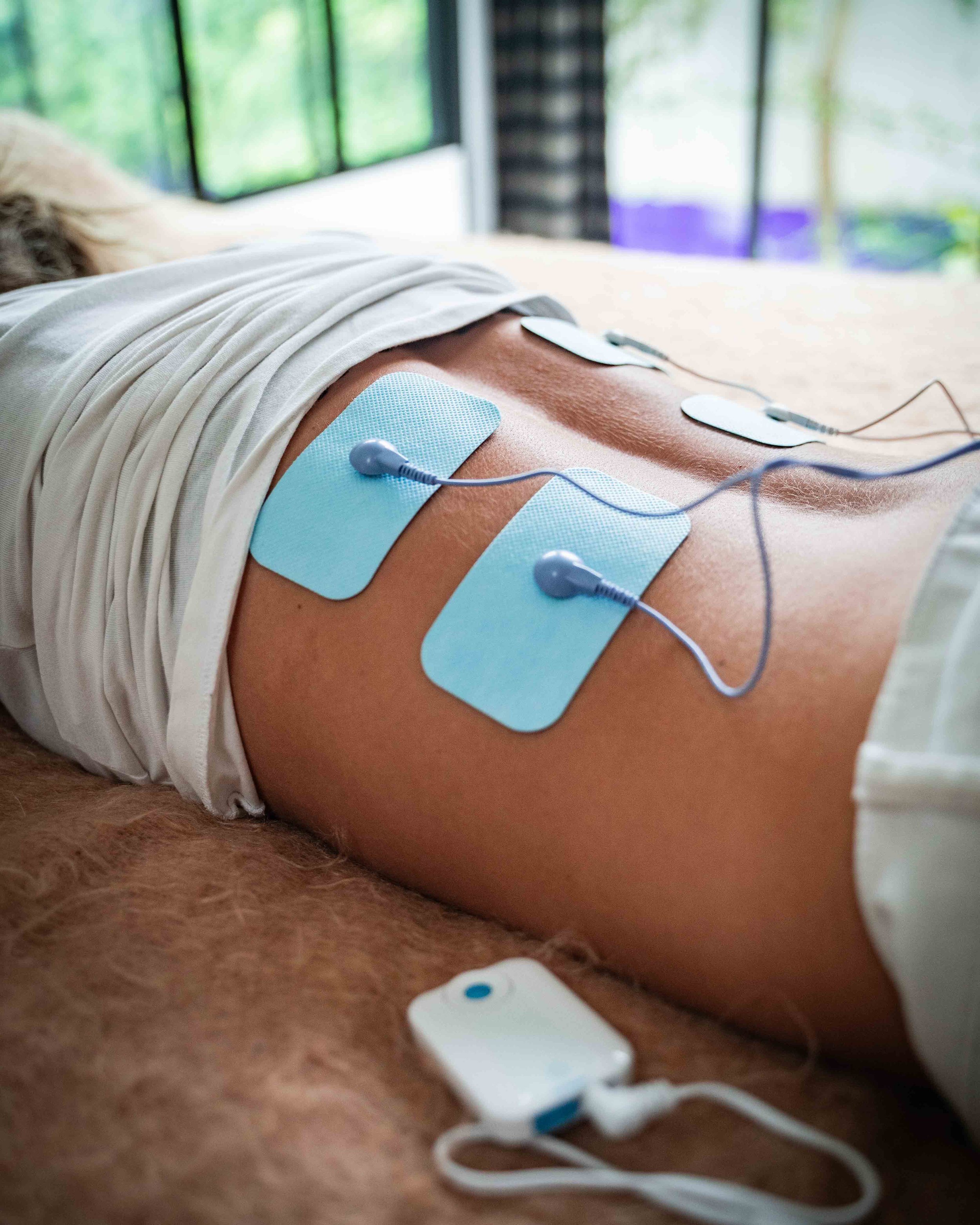Smoking Marijuana More Effective Than CBD Extracts for Back Pain
/By Pat Anson, PNN Editor
One of the reasons many medical marijuana users prefer edibles over smoking is that they are perceived as healthier. Marijuana smoke contains many of the same chemicals and carcinogens as cigarette smoke, and could have harmful effects on people with respiratory or cardiovascular problems.
But a small new study conducted in Israel found that smoking marijuana is better than ingesting it, at least when it comes to treating chronic lower back pain. Researchers enrolled 24 adults with MRI or CT scans that showed evidence of disc herniation or spinal stenosis, and had them try two different types of cannabis treatment.
The first was a cannabis extract rich in cannabidiol (CBD), which was taken sublingually under the tongue daily for 10 months. After a month of no treatment, the same group smoked cannabis flowers rich in tetrahydrocannabinol (THC) up to four times a day for 12 months. Participants were allowed to take pain medication as needed, including oxycodone and acetaminophen.
The study findings, published in the Rambam Maimonides Medical Journal, showed there was little to no improvement in back pain when participants took the extract, but significant improvement when they smoked cannabis. The use of analgesic drugs also dropped significantly while smoking.
Notably, three patients dropped out of the extract phase of the study because it wasn’t helping them, but then returned to participate in the smoking phase.
“The current study is the first, to our knowledge, to indicate that THC-rich smoked therapy is more advantageous in ameliorating LBP (lower back pain), than low THC CBD-rich sublingual extracts. Despite the small number of patients, our data indicate that THC-rich smoked therapy is helpful in mitigating LBP,” researchers reported.
The most commonly reported adverse events during the study were nausea, dizziness, drowsiness and fatigue during the extract phase; sore throat and drowsiness were reported during the smoking phase. All of the adverse symptoms disappeared after a dose tolerance was reached. Most of the adverse effects were in female patients.
A 2019 study of medical marijuana users also found that smoking cannabis provided more pain relief than ingesting it. Over 3,300 people logged their symptoms on a mobile app while using a variety of cannabis products, including dried flower, edibles, tinctures and ointments. Smoking the dried flower provided more pain relief than any other cannabis product, regardless of the amount of THC.
Another problem with CBD edibles is that they are frequently mislabeled. A recent study of 80 CBD oils found that only 43 had concentrations of cannabidiols that were within 10% of their label claims – an accuracy rate of just 54 percent.








